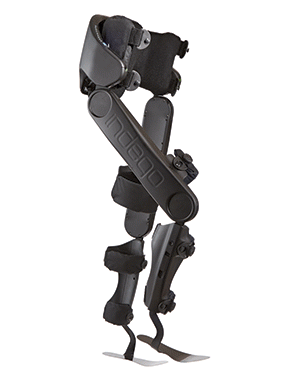Forgive the vulgarity, but it seems apt when considering two articles just published in the venerable journal Health Affairs.
First, as physician practices consolidate, markets become more concentrated. A study indicates orthopedic fees paid by private insurers are measurably higher in those markets with higher concentration. As “Physician groups are growing larger in size and fewer in number”, expect this trend will affect other, currently-less-concentrated markets, thereby driving up the price of orthopedic services.
While the research by Alex Sun and Laurence Baker focused narrowly on knee arthroplasty, it’s likely an examination of other orthopedic procedures would yield the same finding.
A couple key quotes that should resonate among workers’ comp payers:
- Our results suggest that the potential for reduced costs [due to larger physician groups] may be outweighed by providers’ ability to negotiate higher physician fees.
- the ACA encourages further concentration to some degree by incentivizing physician groups to form ACOs to provide care. Again, our results suggest that the potential benefits of the formation of ACOs must be balanced against the potential for these organizations to negotiate higher physician fees.
I’d suggest that if private insurers are paying higher rates, workers comp payers are likely paying way higher rates.
Which is an excellent segue to the companion article on hospital markups (hat tip to Richard Krasner for getting to this a day before I did). The authors identified the 50 hospitals with the highest charge to cost ratios; this is a simple analysis comparing their chargemaster, or published price list, to Medicare’s assessment of their allowable costs. Here are a couple enlightening excerpts:
While most public and private health insurers do not use hospital charges to set their payment rates, uninsured patients are commonly asked to pay the full charges, and out-of-network patients and casualty and workers’ compensation insurers are often expected to pay a large portion of the full charges [emphasis added]
forty-nine (98 percent) are for profit, compared to 30 percent in the overall sample; one for-profit hospital system (Community Health Systems) operates half of the fifty hospitals with the highest markups (Exhibit 3). Hospital Corporation of America operates more than one-quarter of them.
Florida has 20 of the fifty hospitals with the highest markups; this is also a state with a fee schedule based on a percentage of “usual and customary” charges.
A notable finding; “markup varies substantially across medical services in the same hospital, and an overall hospital-level charge-to-cost ratio might not reflect the extent of markup for a specific patient. For example, among the fifty hospitals analyzed in this study, the average charge-to-cost ratio for anesthesiology is 112, for diagnostic radiology it is 15, and for nursery it is 3.”
What does this mean for you?
External forces are dramatically reshaping the health care delivery landscape; winners will be those payers who successfully adapt to those changes, not those who ignore them.



